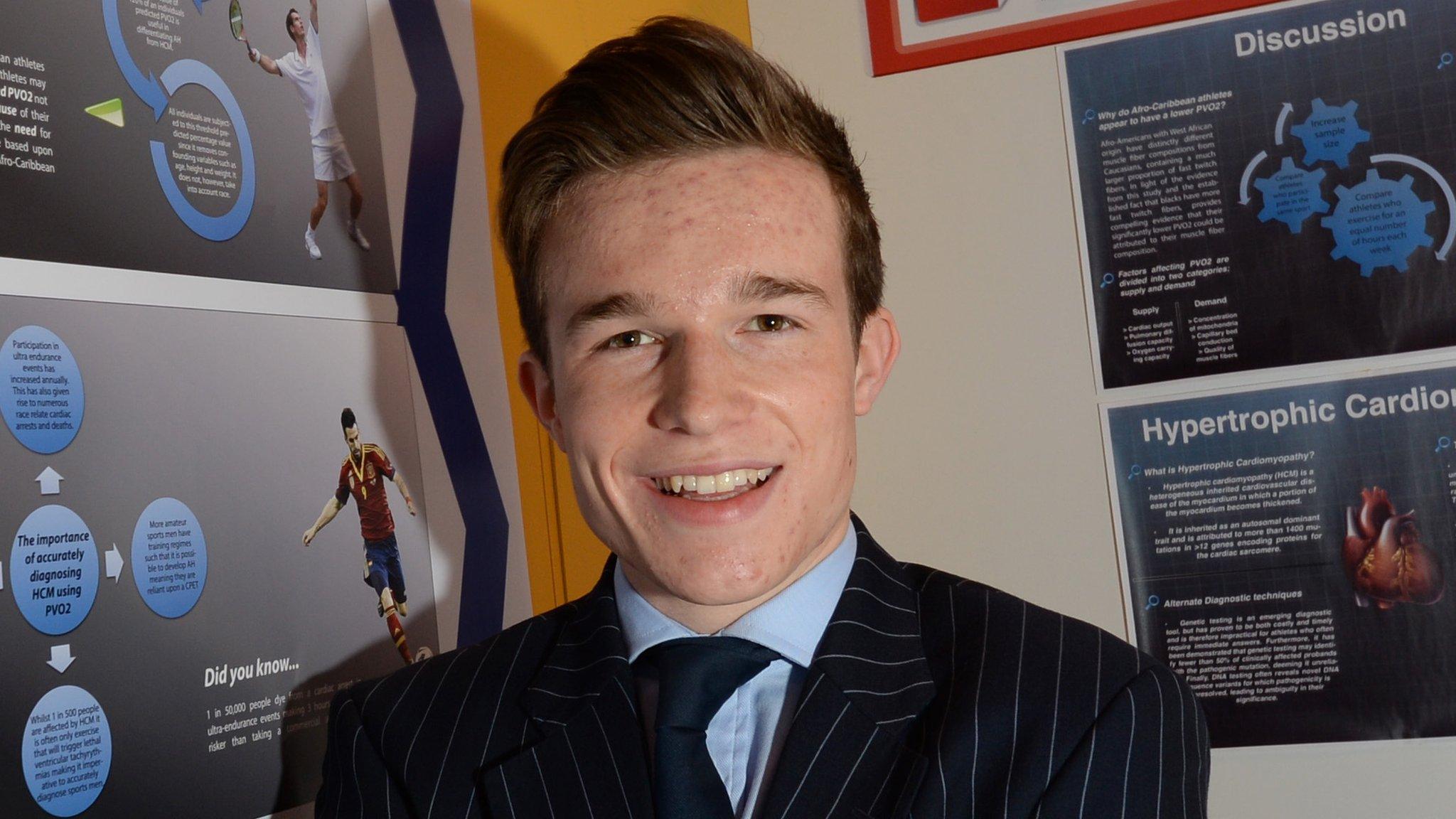Heart scan 'could pick up signs of sudden death risk'
- Published
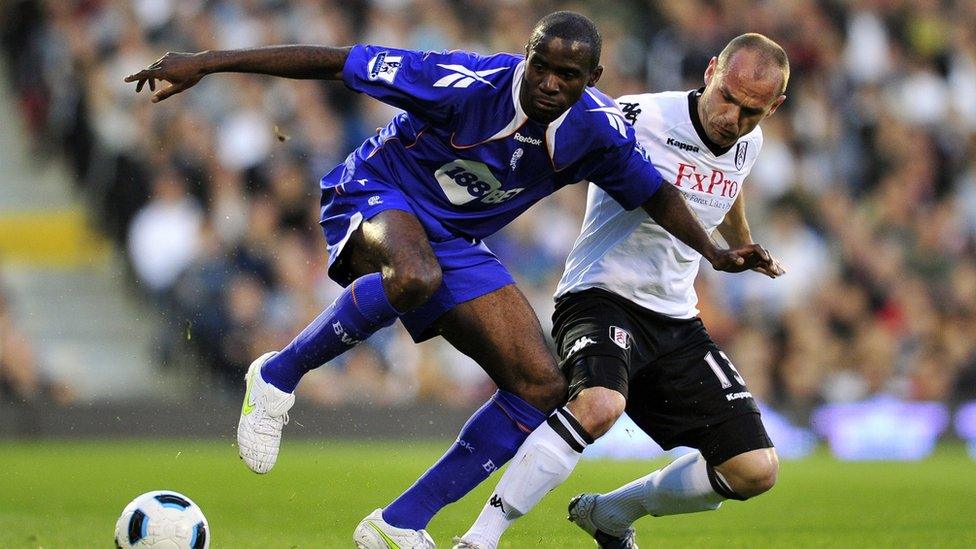
Fabrice Muamba collapsed while playing for Bolton Wanderers in 2012
Scientists say a new scan technique could identify people at risk of collapsing and dying suddenly from a hidden heart condition.
Normally, in people with hypertrophic cardiomyopathy, signs of structural changes in the heart can only be picked up after death.
But University of Oxford researchers used microscopic imaging to spot the same patterns in living patients.
The condition is the top cause of sudden cardiac death in young people.
It is a common, inherited condition, affecting one in 500 people in the UK, which can be fatal in small numbers of people.
Footballer Fabrice Muamba had a near-fatal cardiac arrest during a match while David Frost's son Miles died suddenly while jogging aged 31, for example.
Yet many of those with hypertrophic cardiomyopathy, or HCM, have few or no warning symptoms - and some are able to lead perfectly normal lives.
Kick-start required
The research team focused on detecting those at risk of sudden death, by looking for abnormal fibre patterns in the heart which could lead to potentially deadly heart rhythms.
This is thought to affect around 1% of people with the condition.
They can then have a small device implanted in their heart to kick-start it into beating again when an abnormal heart rhythm is detected.
Dr Rina Ariga, study author and cardiologist at University of Oxford, said: "We're hopeful that this new scan will improve the way we identify high-risk patients, so that they can receive an implantable cardioverter defibrillator early to prevent sudden death."
She added: "We now need to work on making this scan shorter and faster for patients so that we can test its utility in a large multi-centre study."
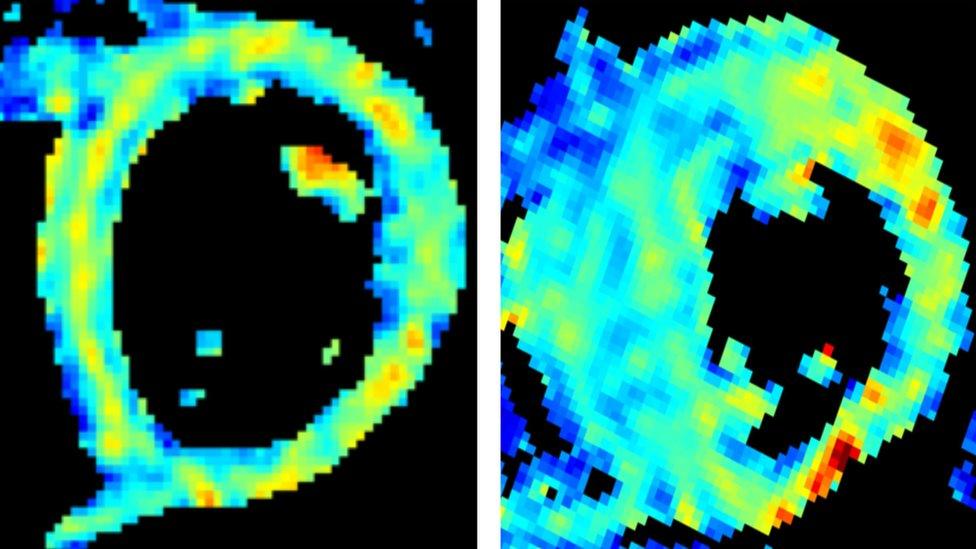
An almost complete ring of muscle fibres in a normal heart (yellow on the left) is broken or missing in a heart with HCM because of fibre disarray
Currently, calculating a patient's risk is based on the thickness of their heart wall, their family history, plus any unexplained collapses and abnormal heart rhythms.
The difference with the Oxford researchers' approach is that they used MRI scans to look at detailed images of the structure of the heart muscle to check for "muscle fibre disarray".
This suggests that heartbeats are not allowed to spread evenly across the heart's muscle fibres.
The study, published in the Journal of the American College of Cardiology,, external scanned 50 patients with HCM and 30 healthy volunteers and were able to see "disarray" in living patients with the heart condition that had previously only been found in patients after sudden cardiac death.
These patients were also more likely to have abnormal heart rhythms.
The technique, called diffusion tensor magnetic resonance imaging, is normally used on the brain - but advances mean it can now be used on the heart.
'Fantastic'
Dr Steven Cox, chief executive of charity Cardiac Risk in the Young, said: "It is fantastic to think in the future these clinical findings could be identified in patients living with HCM and used to help in their routine diagnostic and treatments pathways."
Dr Cox said the key to identifying those at risk in the general population was through cardiac screening "using the cost effective and non-invasive ECG [electrocardiogram] test".
This is available to book for under 35s via the charity's Test My Heart website. , external
Prof Metin Avkiran, associate medical director at the British Heart Foundation, which helped to fund the research, said: "Although further work is needed to refine and test this scan, its potential benefit to patients with HCM is huge.
"This work is an excellent example of cutting-edge, research-led technology that could change the way we diagnose and treat heart and circulatory diseases."
- Published1 May 2014
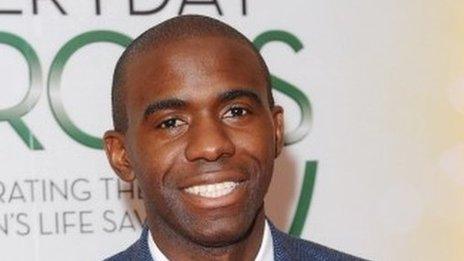
- Published19 February 2016
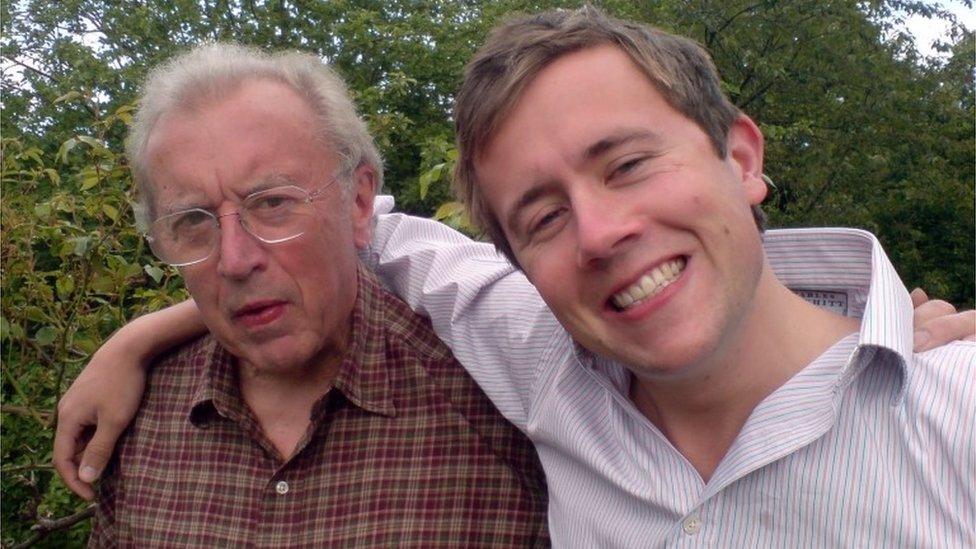
- Published21 July 2015

- Published20 August 2014
